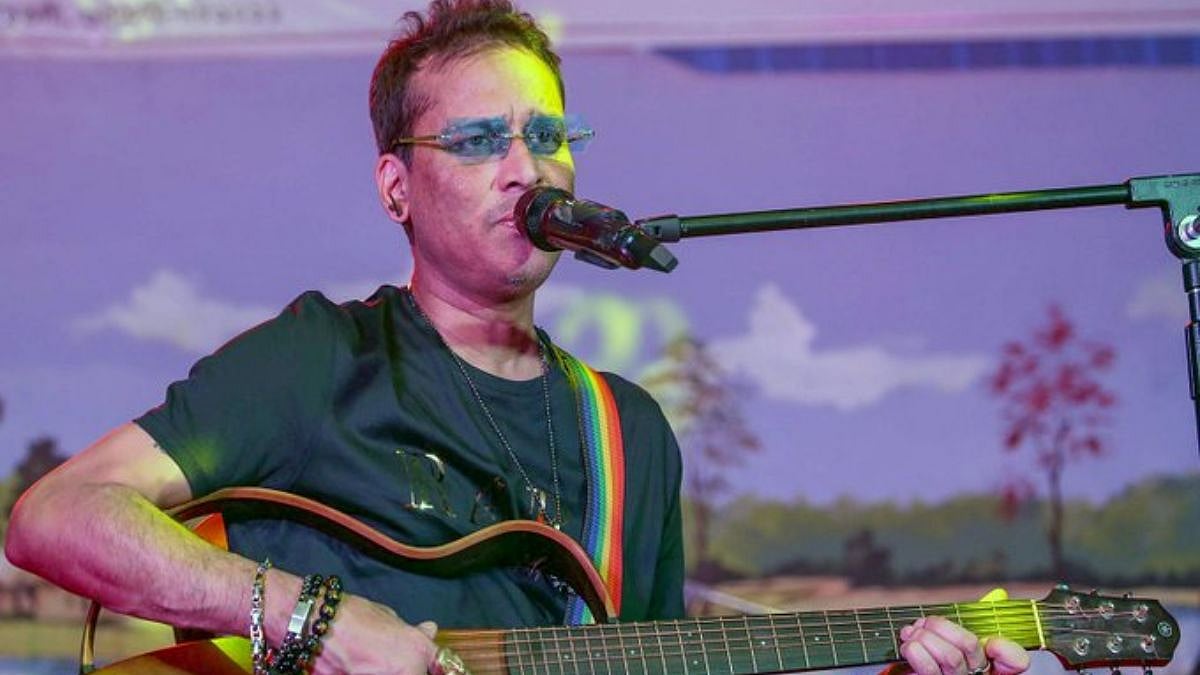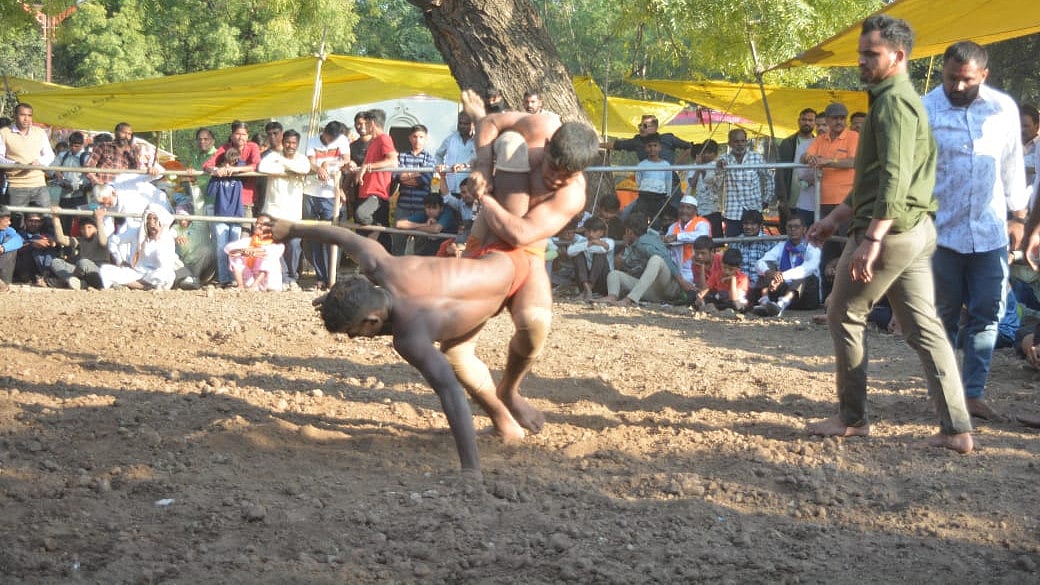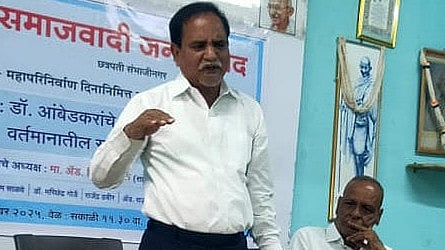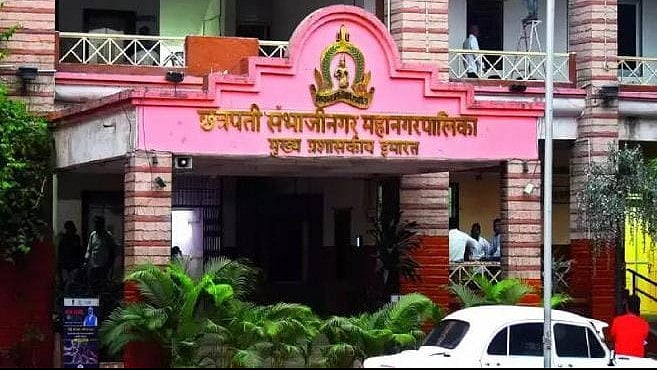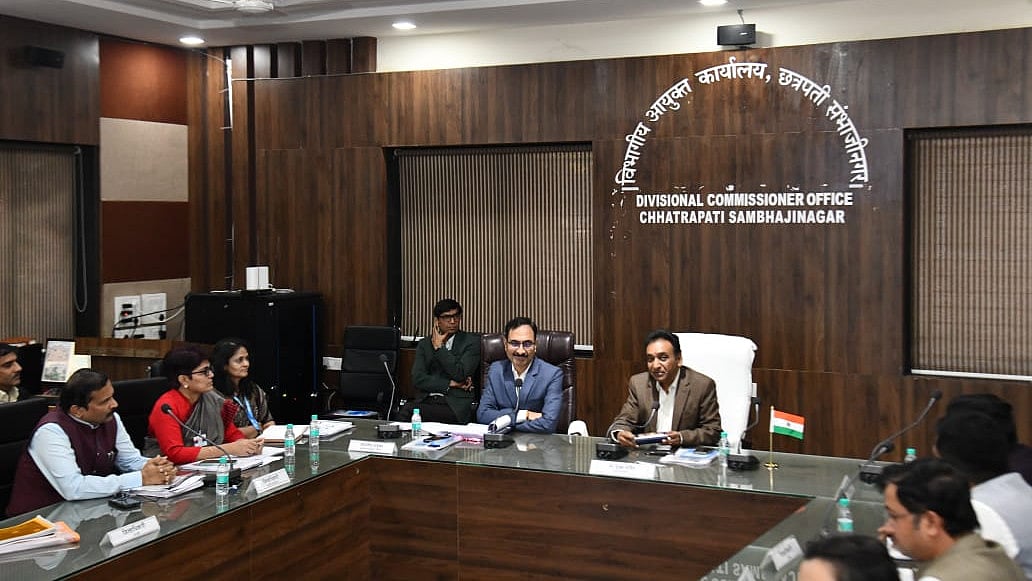The 17-year-old boy, who killed a young man and woman when he crashed his Porsche into their bike, on Pune’s midnight streets last weekend, has been kept at the Nehru Udyog Kendra Observation Home in the city for two weeks. Here he will eat, pray, play and sleep with the other boys of the home, which can accommodate up to a hundred boys between the ages of 14 and 18. All of them will also be subject to counselling sessions by psychologists and psychiatrists. The similarity of routine, however, is more than offset by the dissimilarity in the profiles of the other boys on the one hand, and the juvenile on the other.
Without exception, the other 99 inmates of the home would be destitute boys, orphans in all probability, picked up from the streets for petty and not-so-petty offences. For them, seeing the son of a prominent realtor in their midst would be too in-your-face and difficult to handle. It would give them goosebumps. That a boy of their age can incur a bill of ₹48,000 in pubs on a single night, drive, at 200 kilometres per hour in the dead of night, a Porsche costing ₹2.5 crore without a license (and a license plate), kill people, and get away with it, is stuff they would only have seen in Bollywood films. Seeing such a figure among them can cause them to go berserk. Even adults would find this difficult to cope with, let alone boys at the impressionable ages of 14 to 18.

What this would trigger in the boys isn’t hard to foresee. Already accustomed to a life of crime, which is why they are in the observation home in the first place, it would lead to a variety of behaviours ranging from violence to robbery to sodomy. Their victim would obviously be the boy who is their exotic other, the bade baap ka beta, the juvenile in this case.
The boys might be under the supervision of wardens and instructors during the day, which can ensure a measure of discipline. They also have a strict timetable that keeps them occupied. But who can tell what goes on in their dormitories at night? Homes like the Nehru Udyog Kendra Observation Home do not have special cells for VIP inmates. Everyone sleeps in the same dorm. The homes are poorly staffed, with usually a single warden on night duty, who would be too scared to deal with the adrenalin of teenage boys at this most dangerous age in a human being’s life, boys who can easily gang up against him. The most pragmatic thing for the warden to do, then, is to leave the boys to their devices.
Disparities do not merely exist in the background of the boys, as compared to the Agarwal kid. The future of the boys, once they leave the home, is unlikely to be substantially different from what it has always been. All of them are doomed to return to a life of poverty and misery, and quite possibly crime. All of them are likely to be in and out of jails throughout their life. While the rap song from Ranveer Singh's Bollywood blockbuster film 'Gully Boy' is 'Apna Time Aayega', the reality for boys in observation homes is more like apna time kabhi nahi aayega.
By contrast, the juvenile has his father’s business waiting to absorb him. And, as we know, Pune, where the Agarwals have set up shop for a long time, has one of the most thriving real estate businesses in the entire country.
Not just that. Unlike the incompetent defence lawyers provided to the boys by the state, the juvenile’s family can afford to hire the best lawyers to swing the vote in their favour. As such, the inane punishment initially meted out to him by a lone member of the Juvenile Justice Board, who asked him to write a 300-word essay on road accidents and work with the city’s traffic police for a week, has led to the suspicion that money changed hands to allow the boy to go scot-free.
But let me return to what I said about violence, robbery and sodomy on the part of the inmates of the home. I find myself being non-judgmental and sympathetic to this. For, rather than seeing these behaviours in a literal sense, I see them as metaphors to avenge the injustice that the boys have suffered since birth. And when a spoilt brat like the Agarwal kid is suddenly thrown into their midst, it is an opportunity too good to be thrown away. Not every day does such an opportunity come the way of inmates of homes like the Nehru Udyog Kendra Observation Home.

Now, violence would take the form of regularly bullying and beating up the rich kid while at home. Robbery would have wider implications, for, having become aware of the rich kid’s existence, the inmates can continue to extort money and goodies from him long after all of them have left the home. But the most symbolic form of avenging injustice is, to my mind, sodomy, which in a home for destitute boys would take the form of anal rape.
Homosexuality has always been rampant in prisons, and one can never generalise about whether it is forced, consensual or situational. Each case would have to be examined individually before one can come to a conclusion. But in an observation home for minor boys, it cannot but be sodomy. In a worst-case scenario, the wardens at the home, have nots themselves, might join the inmates in sodomising the privileged kid. Given that he has already been demonised, they may easily be able to get away with the act.
My intention here isn’t to justify sodomy. But it is to illustrate that sometimes the process itself is the punishment. Sodomy, by reversing the oppressor-victim binary, can scar the male victim for life, especially as it challenges his masculinity. It is thus bound to serve as a deterrent, not just to the juvenile himself, but to all his friends (who would invariably be of his social class) to whom he might, overcoming his shame, narrate his ordeal. They may think twice before drinking and driving, driving without a valid license, and over-speeding on city roads.
(The writer is an author and the former head of the English department at Savitribai Phule Pune University)




